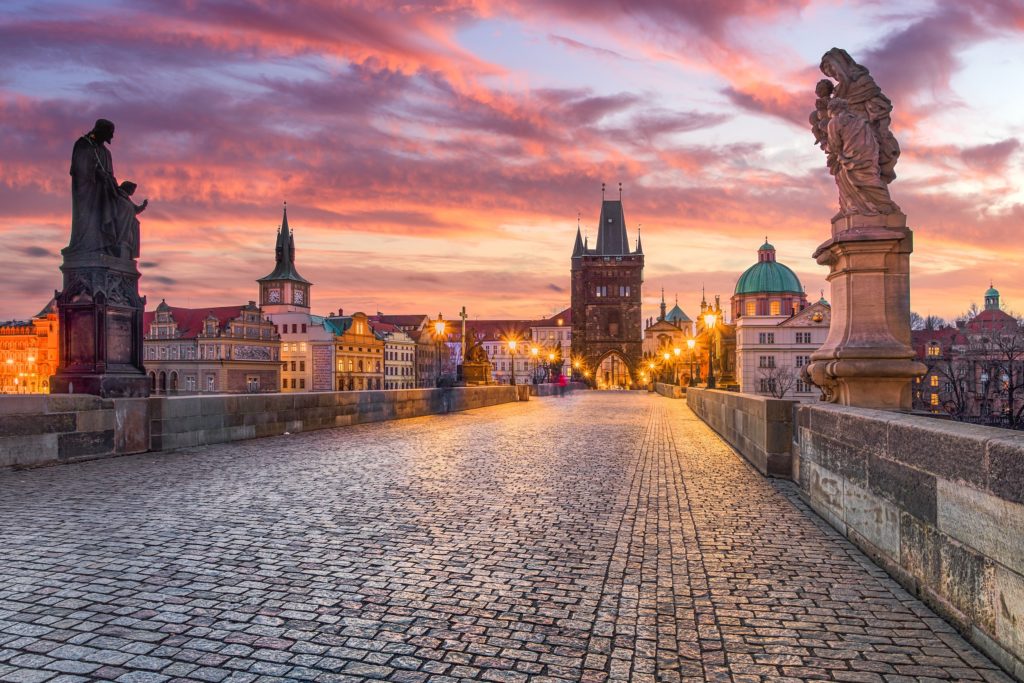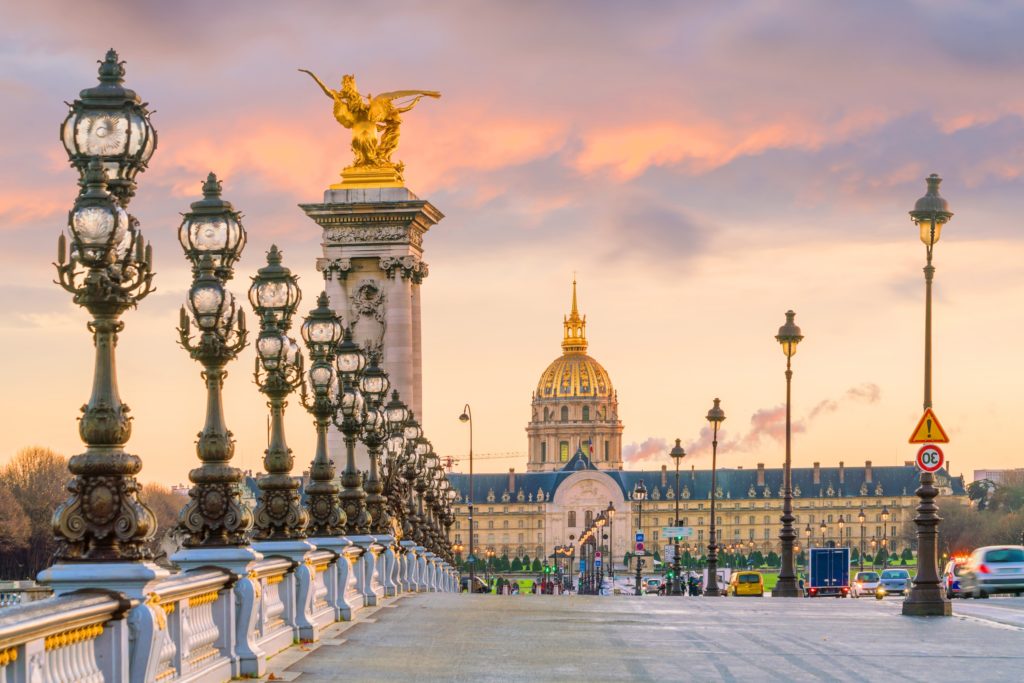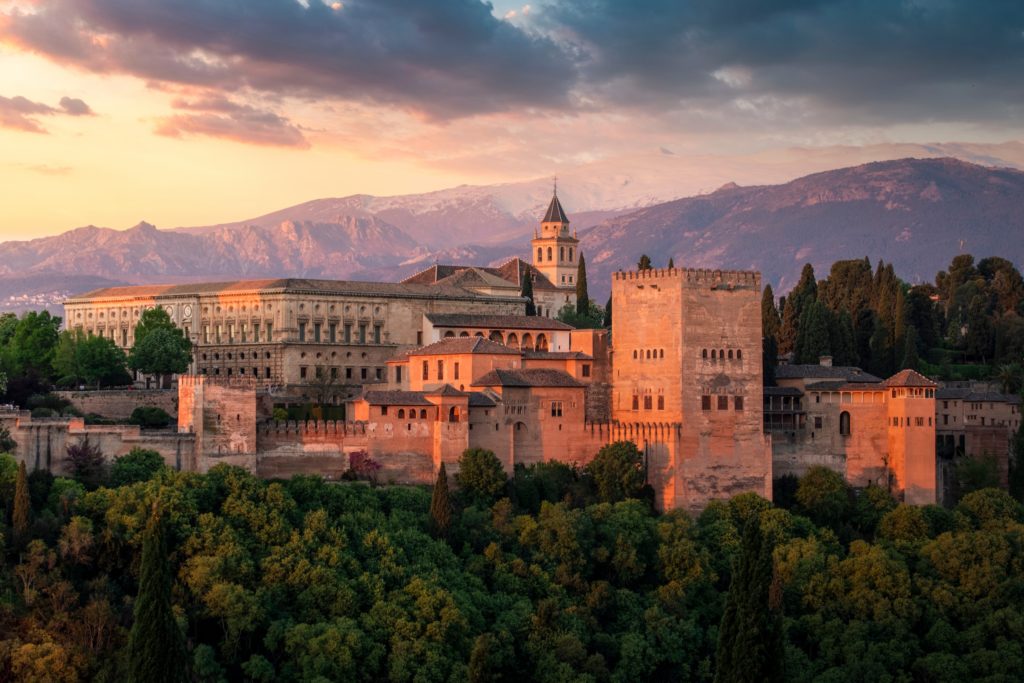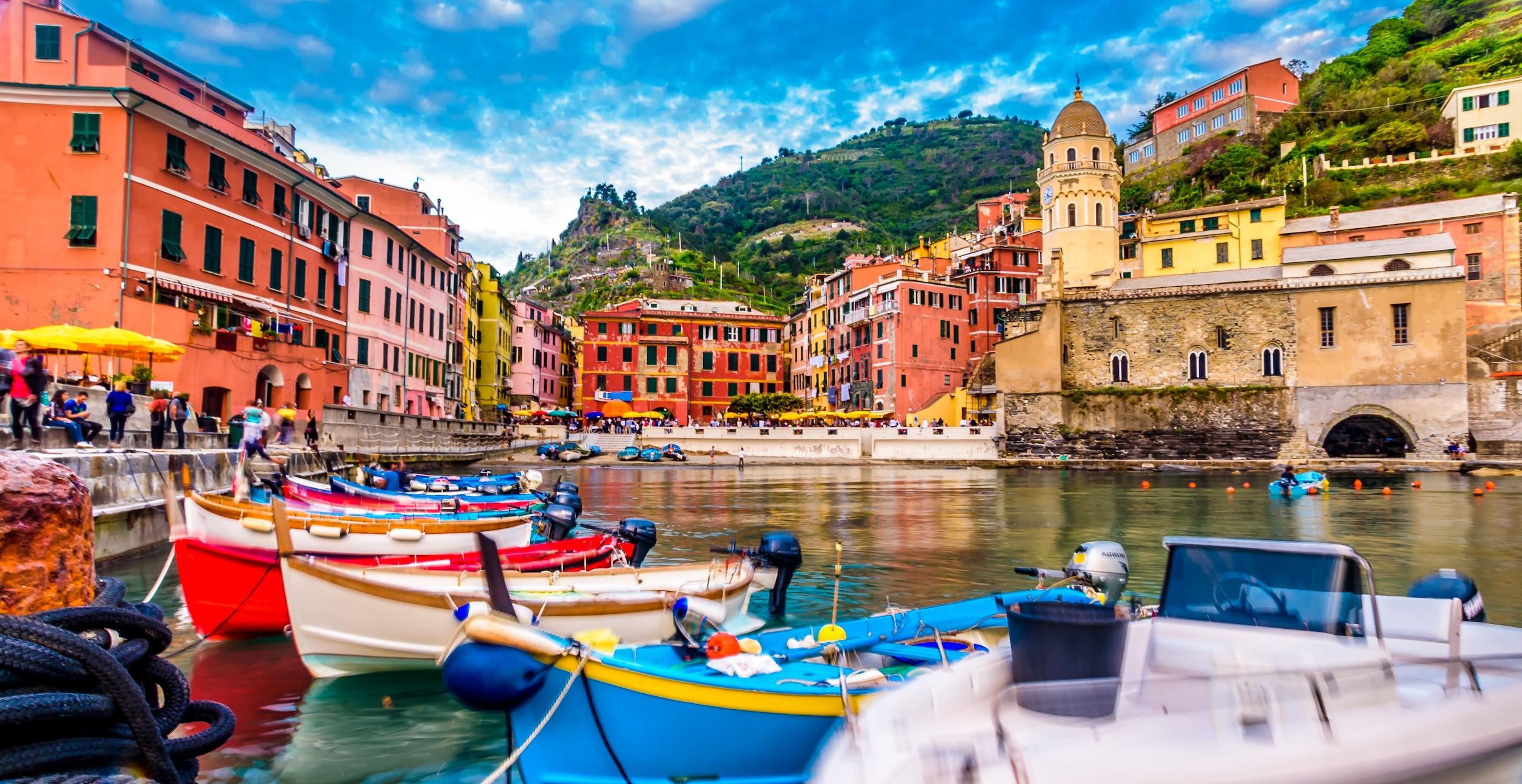Europe, a continent brimming with history, culture, and stunning landscapes, is a dream destination for many travelers. But when is “the best time to visit Europe”, and how can you make the most of your trip? This comprehensive guide will help you navigate the complexities of planning your European adventure, taking into account regional differences, seasonal activities, and essential travel tips.
We’ll explore the best times to visit Europe based on weather, crowd considerations, and budget implications. Moreover, we’ll delve into the unique characteristics of each region, the plethora of seasonal activities and events, and share valuable tips for a memorable European journey. Let’s begin your voyage through the enchanting lands of Europe!
Key Takeaways
- Explore Europe in 2023 for a range of activities & experiences tailored to your interests.
- Consider weather, crowds and budget when planning your trip.
- Research accommodation, transportation options & packing essentials for the best experience.
The Perfect Time to Explore Europe

Determining the perfect time to visit Europe depends on personal preferences and factors such as weather, crowds, and budget. Here are some options to consider:
- Spring and fall (shoulder seasons) offer a balance of pleasant weather, fewer crowds, and moderate prices, making them an excellent choice for many travelers.
- Summer, although popular, can be crowded and expensive.
- Winter offers unique experiences and lower costs for those willing to brave the cold.
Europe’s diverse regions, from the sunny shores of Southern Europe to the snow-capped peaks of Northern Europe, provide a wide array of experiences. Each region has its ideal time to visit, taking into account their unique climate, attractions, and events.
Whether you’re seeking a cultural immersion, outdoor adventure, or simply a relaxing vacation, Europe has something to offer year-round.
Weather Factors
Weather plays a significant role in determining the best time to visit Europe. Spring and fall offer milder temperatures, making them ideal for exploring cities and enjoying outdoor activities. However, if a beach vacation is what you’re after, the summer season, specifically from June to September, boasts sunny weather and warm waters for swimming and sunbathing.
In winter, Europe transforms into a wonderland of snow and ice, providing opportunities for winter sports and holiday festivities. While the cold weather may not be for everyone, visiting during this time offers a unique experience, especially in Northern Europe, where the magical Northern Lights can be witnessed.
Crowd Considerations
Planning a trip to Europe requires careful thought about crowd sizes. Popular destinations can become overcrowded during peak seasons like June to late August. For some, the lively atmosphere of peak tourist season is appealing. However, those who prefer a more relaxed experience might find shoulder and off-peak seasons more appealing.
November, January, and February are typically the least crowded months to visit Europe, allowing you to experience the winter season without the hustle and bustle of peak season travel. By considering crowd factors and choosing the right time to visit, you can make the most of your European adventure and explore its wonders at a leisurely pace.
Budget Implications
Seasonal fluctuations have an impact on your budget. You’ll find accommodations and attractions less costly during the shoulder season and off-peak seasons, while high demand can make peak season more expensive.
For a more cost-effective European journey, consider traveling during the months of:
- November
- January
- February
- March
During these months, prices typically decrease and you can enjoy the unique beauty of Europe’s winter landscapes with cooler temperatures.
Exploring Europe by Region

Europe can be divided into five main regions, each with its unique characteristics, attractions, and ideal times to visit:
- Western Europe
- Central Europe
- Southern Europe
- Eastern Europe
- Northern Europe
From the breathtaking fjords of Norway to the sun-kissed beaches of Greece, each region offers a distinct experience for travelers seeking to explore the continent’s rich tapestry of culture, history, and natural beauty.
Understanding the differences between these regions and their optimal travel times will help you tailor your European journey to your preferences and interests. Whether you’re drawn to the historic cities of Central Europe or the mesmerizing landscapes of the North, there’s a perfect time and place for everyone to experience Europe at its finest.
Western Europe
Western Europe offers a mix of cultural experiences, historical sites, and beautiful landscapes. This region, characterized by valleys, plains, coastlines, and rugged mountains, is bordered by the Atlantic Ocean and the North, Baltic, and North Mediterranean Seas. The best time to visit Western Europe is during the shoulder seasons, when the weather is more pleasant and attractions are less crowded.
From the romantic streets of Paris to the picturesque canals of Amsterdam, Western Europe boasts an array of captivating cities and attractions. By visiting during the shoulder seasons, you’ll be able to enjoy the region’s diverse experiences without being overwhelmed by the peak season crowds, allowing you to immerse yourself in the vibrant cultures, stunning architecture, and breathtaking landscapes that make Western Europe a must-see destination.
Central Europe
Central Europe is known for its stunning architecture, rich history, and picturesque landscapes. Home to iconic cities such as Prague, Vienna, Munich, Budapest, and Zurich, this region offers a wealth of experiences for visitors seeking to delve into Europe’s past and present.
Spring and fall are generally considered the most favorable times to visit Central Europe, as the weather is milder and the crowds are fewer. During these seasons, you’ll have the opportunity to explore the region’s captivating architecture and idyllic landscapes in a more relaxed and enjoyable atmosphere, making Central Europe an unforgettable destination for those seeking a blend of history, culture, and natural beauty.
Southern Europe
Southern Europe boasts beautiful coastlines, warm weather, and vibrant cultures. Encompassing countries such as:
- Italy
- Spain
- Portugal
- Greece
- Croatia
This region is renowned for its excellent coastal areas, picturesque beaches, exquisite islands, and crystal-clear waters.
The optimal time to visit Southern Europe is during the summer months, when the weather is pleasant and the days are long. Whether you’re:
- lounging on a sun-kissed beach
- exploring the ancient ruins of Rome
- hiking through the picturesque landscapes of Greece
- indulging in delicious Mediterranean cuisine
Southern Europe offers a perfect destination for those seeking a blend of relaxation, adventure, and cultural immersion in a warm and welcoming environment.
Eastern Europe
Eastern Europe, a region encompassing most European countries, offers a blend of history, culture, and natural beauty, with countries such as Poland, Hungary, Romania, Bulgaria, and the Baltic states. This region is home to popular tourist destinations like Budapest, Prague, Krakow, Bucharest, Sofia, Belgrade, Dubrovnik, Vilnius, Riga, and Tallinn, each offering its unique charm and allure.
The best time to visit Eastern Europe is during the shoulder seasons of April to May and September to October. These months offer a balance of good weather and fewer crowds, allowing you to explore the captivating history, diverse culture, and stunning natural scenery that Eastern Europe has to offer.
Northern Europe
Northern Europe, as well as northern and western Europe, is characterized by its stunning natural landscapes, unique wildlife, and vibrant cultures. This region, featuring sub-tundra and tundra climates as well as coniferous and temperate forests, is home to a variety of stunning landscapes and distinctive wildlife.
Summer is the ideal time to visit Northern Europe, as the days are long and the temperatures are milder. During this season, you’ll have the opportunity to:
- Explore the region’s breathtaking landscapes
- Observe unique wildlife
- Immerse yourself in the vibrant cultures of countries such as Norway, Sweden, Finland, and Denmark.
And if you’re lucky, you might even catch a glimpse of the mesmerizing midnight sun, a phenomenon that occurs around and above the Arctic Circle during the summer months.
Seasonal Activities and Events in Europe

Europe offers a variety of seasonal activities and events, including:
- Spring festivities
- Summer adventures
- Autumn celebrations
- Winter wonders
No matter when you choose to visit, you’ll find a wealth of experiences waiting to be discovered, making each season a perfect time to explore the continent’s rich tapestry of culture, history, and natural beauty.
As you plan your European journey, consider the unique activities and events each season has to offer. From flower festivals in spring and beach vacations in summer to wine harvests in autumn and Christmas markets in winter, Europe’s diverse experiences ensure a memorable trip, no matter when you choose to visit.
Spring Festivities
Spring festivities in Europe include flower festivals, cultural events, and outdoor activities, making it an ideal time to visit for those seeking a mix of experiences. During this season, you can witness the vibrant tulip fields in the Netherlands, join in the lively St. Patrick’s Day celebrations in Ireland, or embark on an outdoor adventure in the breathtaking landscapes of Northern Europe.
In addition to these popular events, spring in Europe offers an array of lesser-known cultural experiences, such as the Semana Santa celebrations in Spain, the Madeira Flower Festival in Portugal, and King’s Day in Amsterdam. With so many unique and captivating events taking place across the continent, there’s no better time to embark on a European adventure than during the enchanting spring season.
Summer Adventures
Summer adventures in Europe range from beach vacations and outdoor activities to music festivals and cultural events, offering something for everyone during the peak travel season. Whether you’re seeking relaxation on the sun-kissed shores of Greece, an adrenaline-pumping hike in the German Alps, or an unforgettable music festival experience, Europe’s summer season has it all.
In addition to these exhilarating adventures, summer in Europe is also the perfect time to explore its rich cultural heritage. Here are some events and experiences you can enjoy:
- Attend the world-renowned Edinburgh Festival Fringe
- Immerse yourself in the vibrant atmosphere of the Bordeaux Wine Festival
- Experience the thrilling Tour de France bicycle race
With so much to see and do, Europe’s summer season promises an unforgettable journey filled with adventure, discovery, and lifelong memories.
Autumn Celebrations
Autumn celebrations in Europe include wine harvests, food festivals, and vibrant foliage, making it a perfect time to visit for those seeking a mix of cultural experiences and natural beauty. As the leaves change color and the air turns crisp, Europe’s landscapes transform into a tapestry of red, orange, and gold, providing a stunning backdrop for exploring its rich history and diverse cultures.
During this season, you can partake in Germany’s famous Oktoberfest, attend the prestigious Venice Film Festival, or witness the awe-inspiring Bonfire Night celebrations in London. With so many captivating events and experiences to choose from, autumn in Europe offers a truly enchanting journey that will leave you with memories to last a lifetime.
Winter Wonders
Winter wonders in Europe include Christmas markets, winter sports, and unique holiday festivities, offering a magical experience for those willing to brave the colder temperatures. As snow blankets the continent and cities sparkle with holiday lights, Europe’s winter season provides a truly enchanting atmosphere for exploring its rich history, vibrant cultures, and breathtaking landscapes.
Visit Europe during the winter season for a truly unforgettable experience. Some highlights include:
- Germany’s world-renowned Christmas markets
- Hitting the slopes in the Swiss Alps
- Witnessing the mesmerizing Northern Lights in Scandinavia
- Venturing to Rovaniemi in Finland, where you can visit Santa’s House, go dog sledding, and marvel at the enchanting winter landscapes.
With so many winter wonders to discover, Europe’s coldest season offers a truly magical journey for those willing to embrace its frosty beauty.
Tips for a Memorable European Journey

A memorable European journey requires careful planning, which includes considering aspects such as accommodation, transportation, and packing essentials. With thorough research and informed decisions, you can have an enjoyable travel experience, allowing you to fully engage with the wonders of Europe.
In the following sections, we’ll share valuable tips for choosing the right accommodation, planning transportation, and packing essentials for your European adventure. With these tips in hand, you’ll be well-prepared to embark on a journey of a lifetime, exploring the rich tapestry of history, culture, and natural beauty that Europe has to offer.
Choosing the Right Accommodation
Selecting suitable accommodation requires taking into account factors like location, budget, and personal preferences. From budget-friendly hostels to luxury hotels, Europe’s wide range of options ensures a fitting place to stay for every traveler.
To make the most of your European journey, research accommodation options in advance, focusing on factors such as proximity to attractions, public transportation, and local amenities. By selecting the right accommodation for your needs and preferences, you’ll be able to enjoy a comfortable and hassle-free stay, allowing you to fully immerse yourself in the captivating experiences that Europe has to offer.
Transportation Tips
For your European journey, it’s beneficial to research and book transportation options in advance, explore alternative travel modes, and maintain flexibility with travel dates to obtain the best deals. Europe’s transportation options are varied, ranging from budget airlines and trains to buses, cars, and guided tours, catering to diverse needs and preferences.
By reserving transportation ahead of time, you can secure a seat or ticket for your preferred travel dates and potentially save money. Being flexible with travel dates can also help you find the most cost-effective options for transportation and accommodation.
With these transportation tips in mind, you’ll be well-prepared to navigate the diverse landscapes of Europe with ease and confidence.
Packing Essentials
While packing for your European journey, keep the weather, planned activities, and any specific cultural or event requirements in mind. This will help you pack suitable clothing, footwear, and gear, ensuring a comfortable and smooth journey.
Don’t forget essentials like:
- your passport
- travel documents
- driver’s license
- any necessary medications
- personal items
These will make your European adventure a smooth and enjoyable experience.
Summary
In conclusion, the best time to visit Europe depends on your personal preferences, the region you plan to explore, and the experiences you seek. From the enchanting spring festivities to the awe-inspiring winter wonders, Europe offers a wealth of experiences and events to suit every traveler’s taste. By carefully planning your journey, taking into account factors such as weather, crowd considerations, and budget implications, you can create a truly unforgettable European adventure.
Embrace the diverse cultures, rich history, and breathtaking landscapes that Europe has to offer, and embark on the journey of a lifetime. No matter when you choose to visit Europe, the continent’s captivating beauty and endless adventures await. Bon voyage!
Frequently Asked Questions
What is the cheapest time to go to Europe?
The cheapest time to fly to Europe is in the late fall and winter months, from mid to late October through mid-to-late March, when fares tend to be lower. Flying mid-week on Tuesdays and Wednesdays can also yield cheaper prices.
What is tourist season in Europe?
The peak season in Europe is from late May to July, and in some destinations continues until October. The summer months of June to August are particularly popular due to the warmer weather and longer days. However, travelling during the peak season can come with certain caveats.
How many countries should I visit in Europe in 2 weeks?
You should aim to visit 3-4 countries during your two-week European trip in order to experience the diverse cultures and attractions Europe has to offer.
What is the best country to visit for the first time in Europe?
For first-time visitors to Europe, Italy is an ideal destination with its famous “Big 3” destinations of Rome, Florence, and Venice, while Greece offers an unforgettable Aegean journey. Both countries offer plenty of ancient wonders, delicious food, coastal villages, and beautiful hilltop towns.
When is the best time to visit Europe?
For the best overall experience, spring and fall offer pleasant weather, fewer crowds, and moderate prices. Summer is popular but crowded and expensive, while winter brings unique experiences and lower costs.

